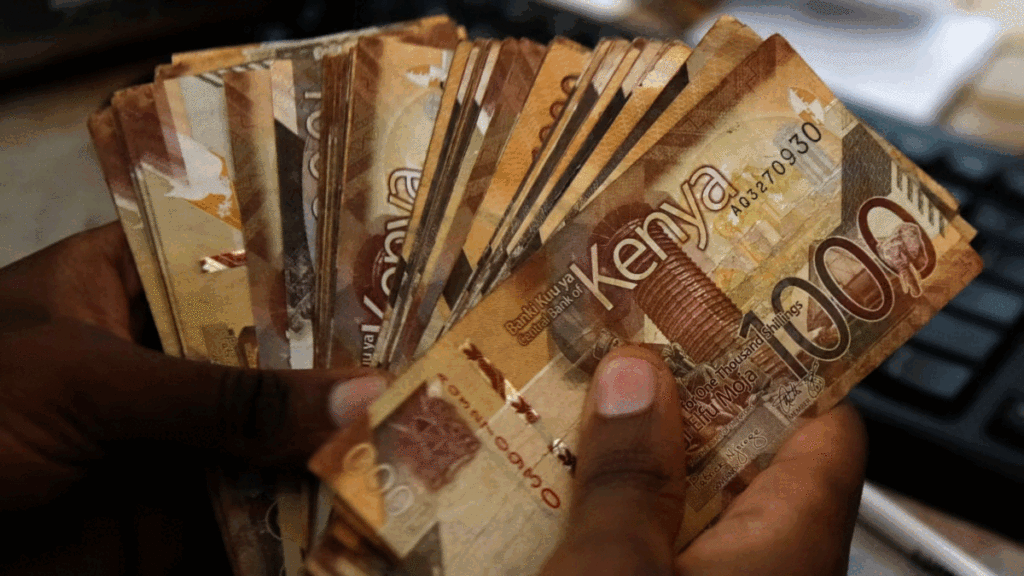
The Challenge of Counterfeit Currency in Kenya
Counterfeit currency remains a significant challenge in Kenya, impacting both individuals and businesses across the country. From Nairobi to Mombasa, the circulation of fake banknotes poses threats to the economy and raises concerns about financial security. Understanding the implications of counterfeit money and being able to identify it is essential for everyone in Kenya.
Presence of Counterfeit Currency:
In Kenya, counterfeit currency is a persistent problem that affects various denominations of the Kenyan Shilling. Despite efforts by authorities to curb its circulation, fake banknotes continue to find their way into the hands of unsuspecting individuals and businesses. This illicit money often enters the market through illegal means, such as smuggling or counterfeiting operations.
Impact on Businesses:
Businesses in Kenya face significant risks when dealing with counterfeit currency. Accepting fake banknotes can lead to financial losses, disrupt operations, and damage reputation. Small businesses, in particular, are vulnerable to the negative effects of counterfeit money, as they may not have the resources to absorb such losses.
Risks to Individuals:
Individuals in Kenya are also at risk of receiving counterfeit currency during everyday transactions. Whether withdrawing money from ATMs or making purchases at markets, there is a possibility of unknowingly receiving fake banknotes. This can result in personal financial losses and undermine trust in the local currency.
Detecting Counterfeit Currency:
Being able to identify genuine Kenyan Shilling notes is crucial for residents and businesses. Here are some key features to look for:
- Watermark: Hold the banknote up to the light to see a watermark of a lion’s head and the value of the note.
- Security Thread: Genuine Kenyan Shilling notes have a metallic security thread embedded in the paper. Look for this thread, which appears as a thin, silver line and is visible when held up to the light.
- Color and Design: Pay attention to the colors and design details. Counterfeit notes may have discrepancies in color shades or blurry printing.
- Raised Printing: Authentic banknotes have raised printing that you can feel with your fingers.
What to Do If You Suspect Counterfeit Currency:
If you come across a banknote in Kenya that you suspect is counterfeit, follow these steps:
- Do Not Use or Circulate: Refrain from using or passing on the suspected fake money to prevent its spread.
- Report to Authorities: Contact the Central Bank of Kenya or local law enforcement to report the counterfeit currency. They have specialized units to handle such cases and investigate counterfeit money operations.
Public Awareness and Education:
Raising public awareness about counterfeit currency is crucial in Kenya. Educational campaigns can help residents and businesses recognize the signs of fake money and understand the importance of vigilance during transactions. By working together and staying informed, we can combat the circulation of counterfeit currency in Kenya.
Conclusion:
Counterfeit currency poses risks to the economy and individuals in Kenya. By being vigilant and knowing how to detect counterfeit money, residents and businesses can protect themselves from financial losses. Let’s stay informed, report suspicious banknotes, and work towards a safer and more secure financial environment in Kenya.
